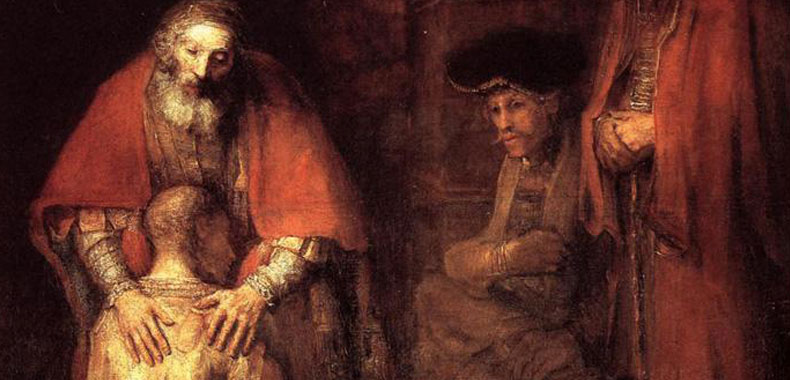Almighty God, whose blessed Son was led by the Spirit to be tempted by Satan: Come quickly to help us who are assaulted by many temptations; and, as you know the weaknesses of each of us, let each one find you mighty to save; through Jesus Christ your Son our Lord, who lives and reigns with you and the Holy Spirit, one God, now and for ever. Amen.
The church celebrates six seasons every year: Advent, Christmas, Epiphany, Lent, Easter, and Pentecost, plus twelve festival days. But there is only one season that sneaks up on me every year, coming around faster and feeling longer than any of the others. That season is Lent. There is something about these forty days of lengthened liturgy, somber colors, and conversations about fasting that is memorable, uncomfortable, and completely inescapable.
What is this season that comes upon us so inexorably every year? In its earliest form Lent was a period of prayer and fasting for believers who were preparing to be baptized. By the time the Council of Nicea rolled around in 325 AD, Lent was set as a 40 day fast, and by the end of the 4th century it was established as a time of preparation for Easter. The church in Rome configured its timing and fasting rules differently from the church in Jerusalem, but all acknowledged that it was meant to be a time of penitence and self-denial.
But why precede the deep joy of Eastertide with such somber reflections? One answer can be found in the collect for the first Sunday of Lent. “As you know the weaknesses of each of us,” it enjoins, “let each one find you mighty to save.” Lent is meant to be a spiritual slap in the face as we look straight at our sins. Yet the point is not to wallow passively in the filth of our failings, but to receive the active call that Jesus voiced so often: “Repent.” Like the prodigal son, we can return to the Father who loves and forgives us.
The Church even tells us how to go about doing so: through prayer and fasting. Through the discipline of fasting, we are put on edge so that we can never comfortably shift into autopilot. This helps us to remain constantly in prayer as we repent of our sins and seek God’s will for us as individuals and as a church.
Ultimately, this forty-day discipline brings us to Holy Week and a glorious reality of our God: he is mighty to save. He knows our weakness better than a lifetime of Lents will ever allow us to, and his answer is the cross and an empty tomb. This is reason enough for us to stop seeing Lent as a liturgical inevitability and start anticipating it as a season in which we are taught one of the most beautiful Christian disciplines: repentance.



